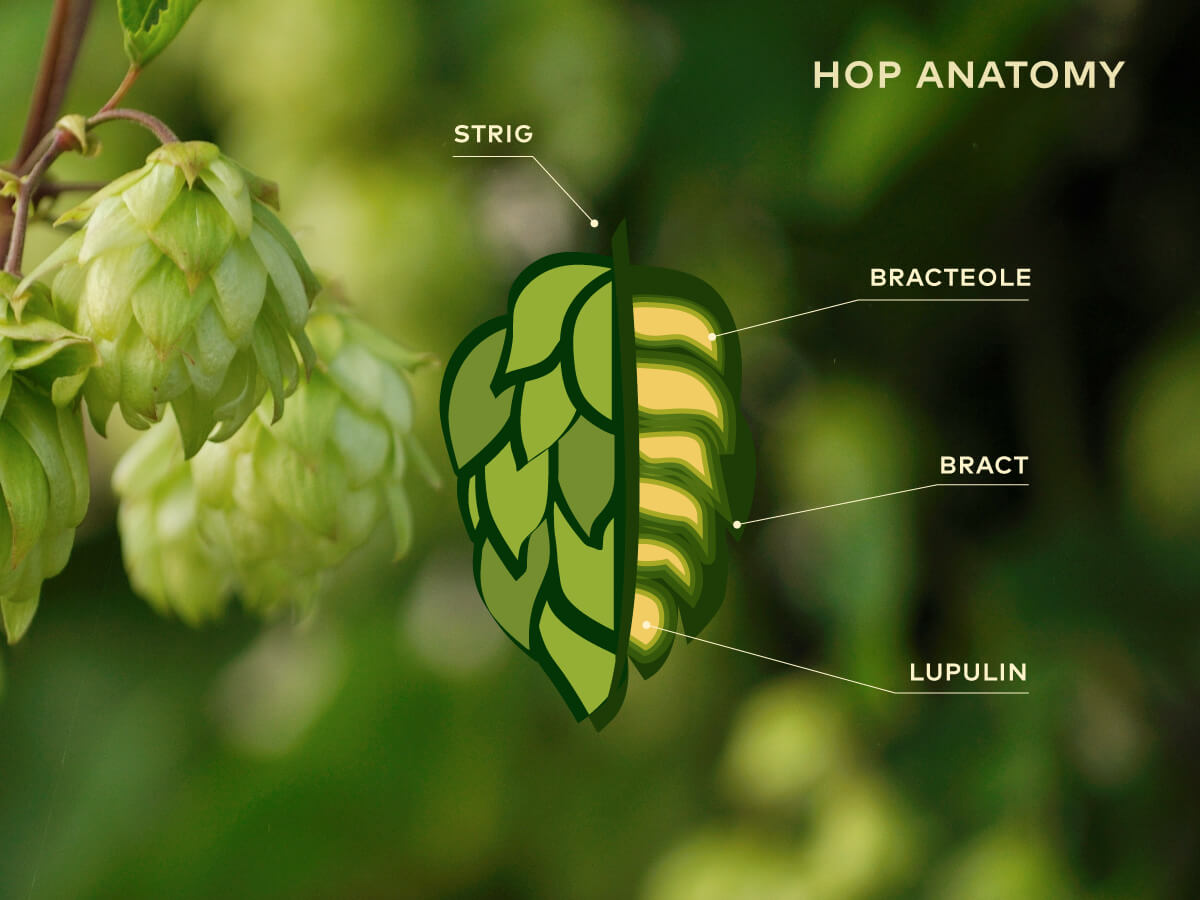Hops are the beer spice. They add flavor and aroma to beer, as well as bitterness necessary to balance the sweetness of the malt. Different hops bring different characteristics to the table. To match the global expansion of various flavors in food and drinks, new hop varieties are bred at the highest pace in the history of beer. It is estimated that at the moment, there are more than 270 hop varieties in the world.
HOP BREEDING
In order to create various hop profiles, hops are bred through various private and publicly funded projects. At first, hops get experimental names, usually a combination of letters and numbers and get their “real” names only after becoming commercially available (i.e. HBC692 where HBC stands for the name of the producer, in this case Hop Breeding Company).

WE ARE WORTHY
To become commercially available, hops have to prove themselves both to the brewers as well as the farmers. To the former they have to offer interesting flavor and aroma character and for the later they have to show how disease resistant and easy to grow they are. To demonstrate the complexity of hop breeding let’s just say that the entire process of new hop variety creation can last from 10 to 12 years.
HOP OILS
Hop oils make up only 1-3% of the entire hop, but they are the exact reason hops are sought for. Lupulin glands are part of the hop that contains the precious oils. The four main hop oils are Myrcene, Humulene, Caryophyllene and Farnesene and each one of them contributes in different ways to the overall hop flavor and aroma profile. The hop breeding process allows creation of various hop oil proportions and consequentially, various hop varieties.
The eternal quest for the perfect beer flavor and aroma coming out of the hop oils keeps hop breeders motivated to keep working and growing new varieties. As brewers, we can be absolutely delighted by such a turn of events.


